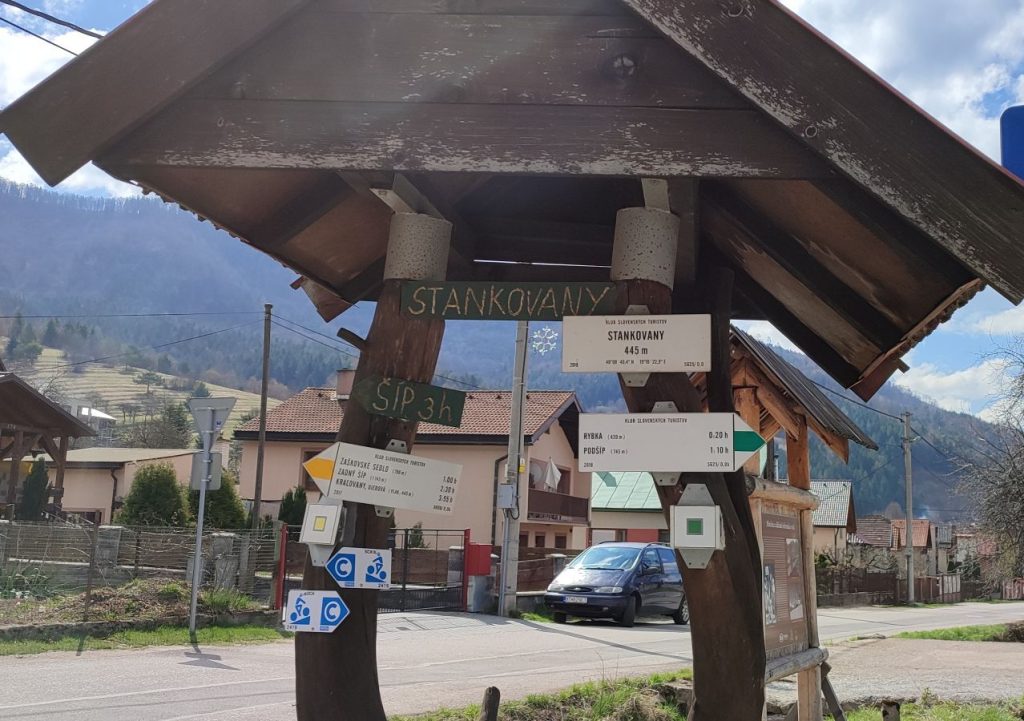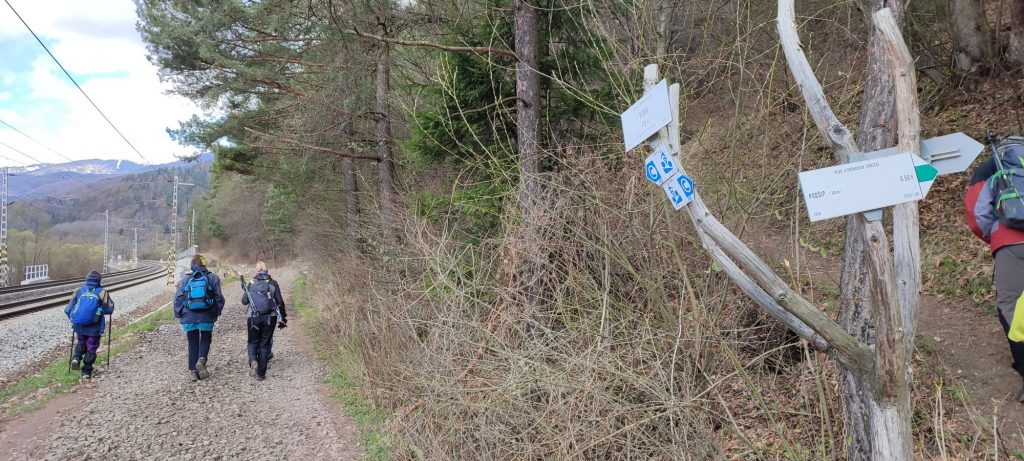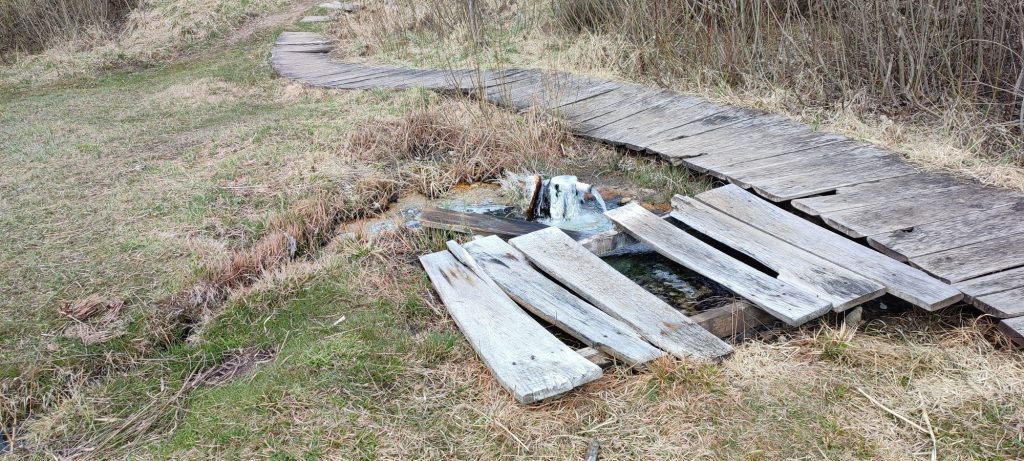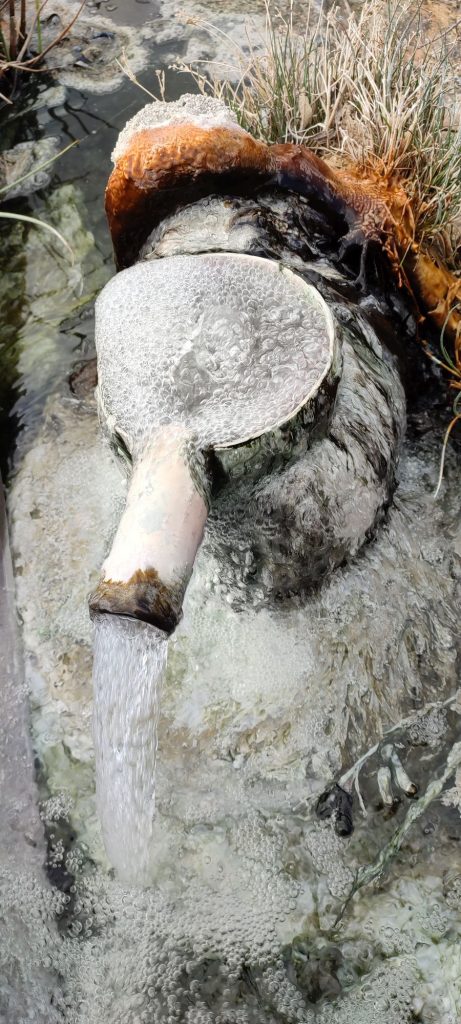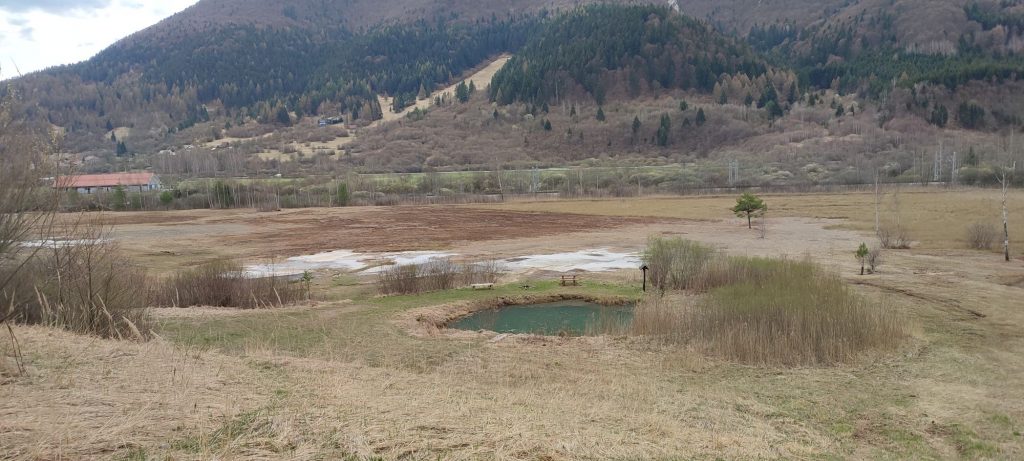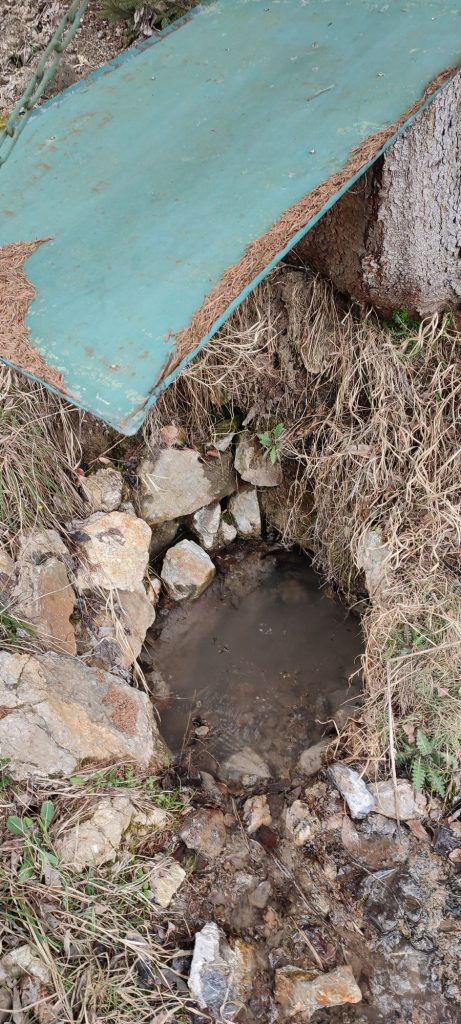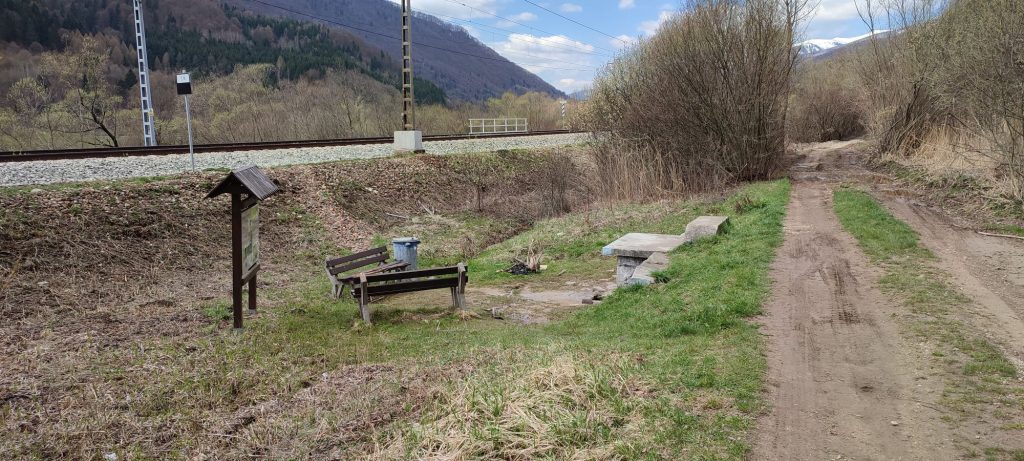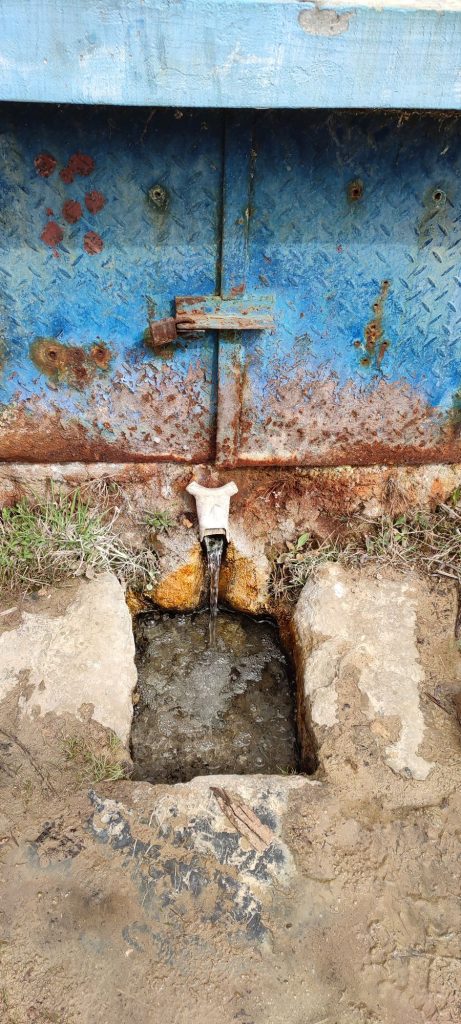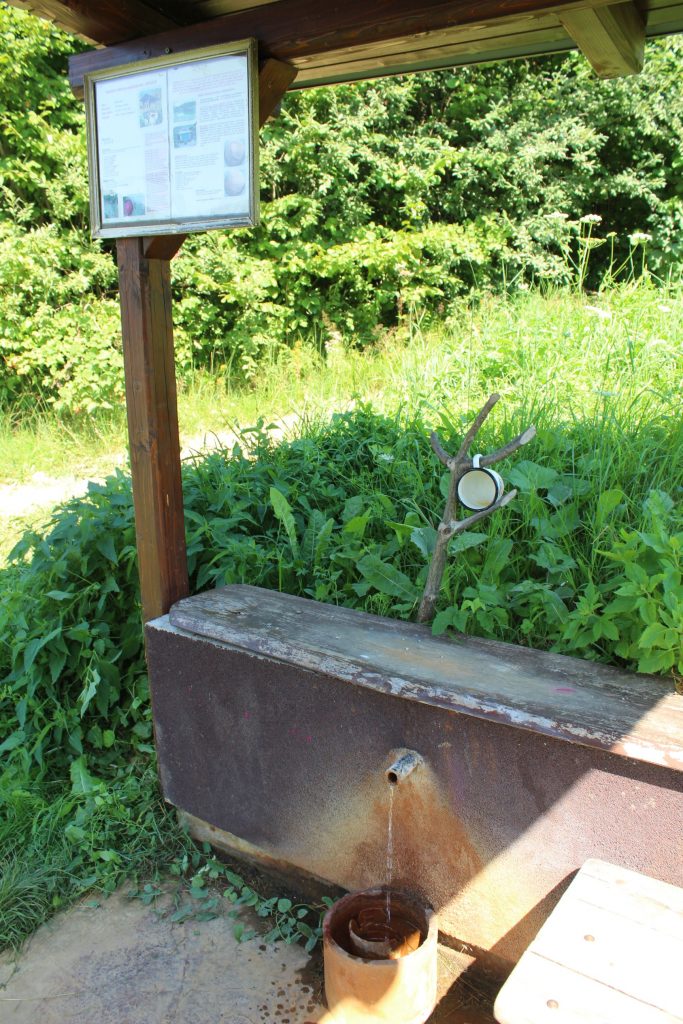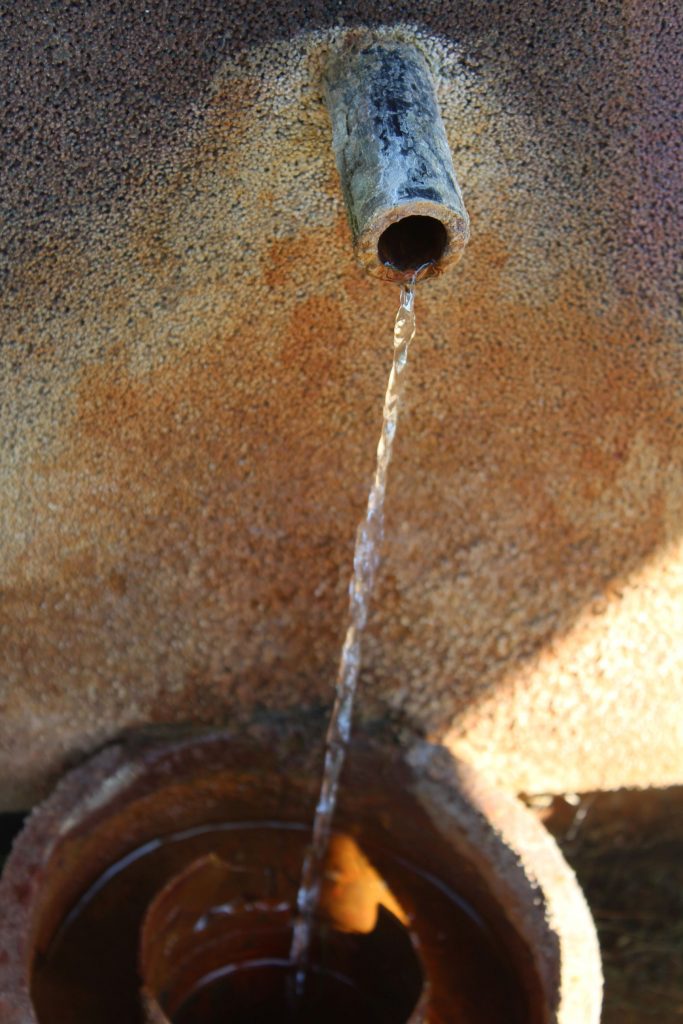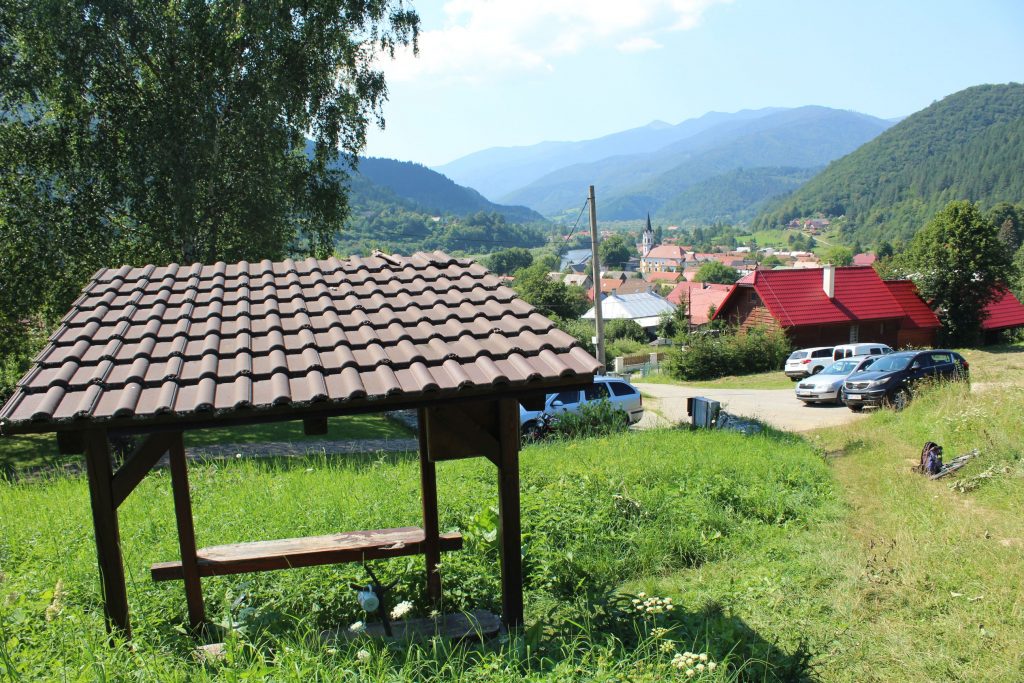Nature as Therapy: Water, Water, Nothing but Water
The snow is slowly disappearing from our surroundings and the first spring flowers are showing up on the meadows. There is not a lot of herbs growing yet, and as we are currently in the Easter period, in which water plays an important role, we are going to focus our trip on mineral waters. The places in the Ružomberok district where you can find several springs with mineral water concentrated in a small area include Korytnica, Liptovská Štiavnica, Stankovany or Bešeňová. For our second trip this year, we chose Stankovany, where the local mineral springs are not very well-known.
We begin our route at train stop Stankovany, to which we can easily get by train from Ružomberok. Buses to Stankovany run less frequently, but you can use them as well. The town of Stankovany is known especially for the hiking route to the frequently visited rocky peak of Šíp, situated above the town. However, we want to explore the less-known locations, which is why we chose a route that will lead us to four man-altered mineral springs. By the train stop, there is a hiking signpost, which does not include our destination, but it will guide us in the right direction. Situated by the signpost is also an educational panel, where we can read something about the history of the town. From the signpost, we follow the yellow-marked hiking trail running in the direction to Šíp (Zadný Šíp). The marking leads us above the railway track, in the direction away from Ružomberok. At the next intersection, there is another educational panel, about the mills in the town, at which the hiking trail leaves our route. We continue on the road running along the railway track and we are leaving the town. The asphalt road changes to a paved road with a fresh layer of aggregate from the railway track. Walking on it is a little uncomfortable, but it is an improvement from the mud and the puddles which were here before. We are joined by the green-marked hiking trail coming from the underpass below the railway track, which, after a short section, enters a wooded area at a signpost. The rocky road leads us to an intersection, at which we continue on the road running to the right, away from the railway track. Walking mildly uphill, we arrive at the natural reserve of Močiar. At the far end of the wetland, there is a distinct trodden trail turning away from the road, which will lead us to the first mineral spring. To get directly to the springhead, we use the wooden pathway, which makes the access to the old water well easier and also protects the biotope of the wetland. You need to be careful, because some of the planks of the pathway are torn off. This water belongs to the sulphur acidulous waters and it is beneficial especially for the skin, which is why people living in the surrounding villages created a small pond near the well, which used to serve for bathing. However, for its uniqueness, this area has been declared a natural reserve in order to preserve it for future generations. We return to the road and continue further into the woods. The road curves to the right, and past a small meadow, it leads us further into the woods. A few metres away from the place where the road curves to the left and passes over a small creek, you need to walk down a steeper slope alongside trees, to get below the road to the creek. Situated here is another sulphur mineral spring, which used to be altered in a nice way. Currently, the spring is just an excavation in the ground and the water can be obtained by filling in a vessel. From the spring, we walk back along the same route and at the place where we come to the railway track, we make a short detour along the road to the right, to another man-altered spring. This spring is probably the most frequently used one. There is an information panel by the spring, where we can learn something about the reserve of Močiar. After resting and tasting the water, we return to the beginning of the route at the train stop. From the signpost at which we began our trip, we start walking up the street. After a few dozen metres, we continue on the road to the right, and after a short while, we turn to the left, to a small shelter. Situated in the shelter is the last mineral spring we wanted to present to you, and after tasting the water, we can conclude that this one is completely different from the ones we visited before. It contains more iron and less sulphur, which also makes it taste better.
Along the route, we can notice the spring nature waking up. The first flowers we saw were lungwort, cowslip, or coltsfoot. We did not pick anything in this location, because it is protected, and we do not recommend picking herbs close to the route, as they are often covered with dust.
As usual, we want to point out that on our trips, we think not only about ourselves, but also about nature, which we explore in a mindful way, keeping in mind the idea of #ObjavUdržateľnéSlovensko (DiscoverSustainableSlovakia). In accordance with this idea, we carried away with us a few small things we found along the way in this area, which do not belong here. Currently, in the spring season, people often organize various activities associated with purifying the environment on the occasion of the Earth Day, however, our intention is to motivate people to help nature not only in the spring, but all year round.
On our next trip, we will briefly introduce more places you would not normally visit, and perhaps, in addition to what does not belong there, we will also carry away our first foraged finds in the form of medicinal plants.
The text was prepared by Milan Kolčák and Ján Benčík from the Ružomberok Information Centre.
This is the seventeenth article of the article series with subtitle Nature as Therapy.
Published: 22.4.2022

